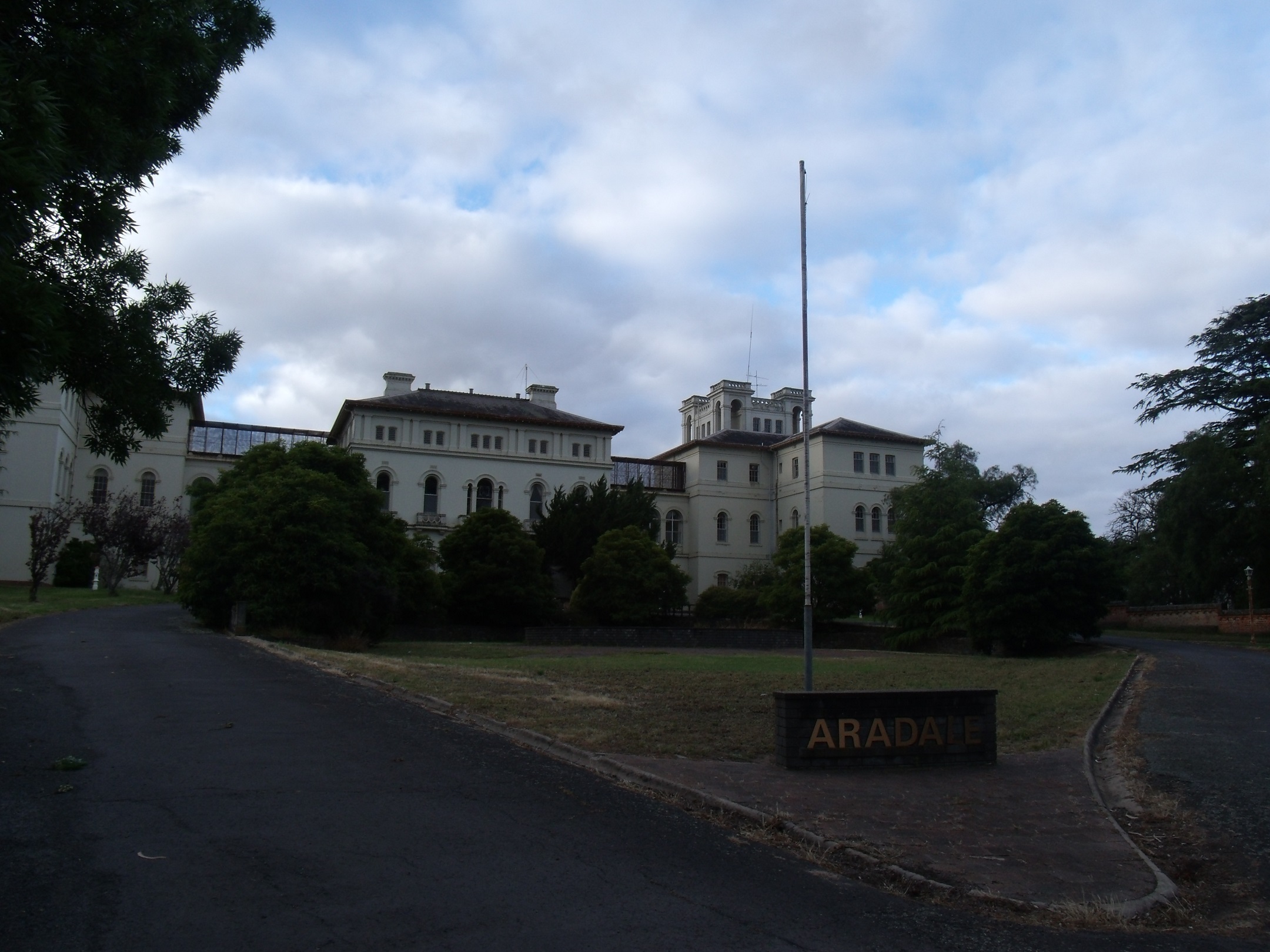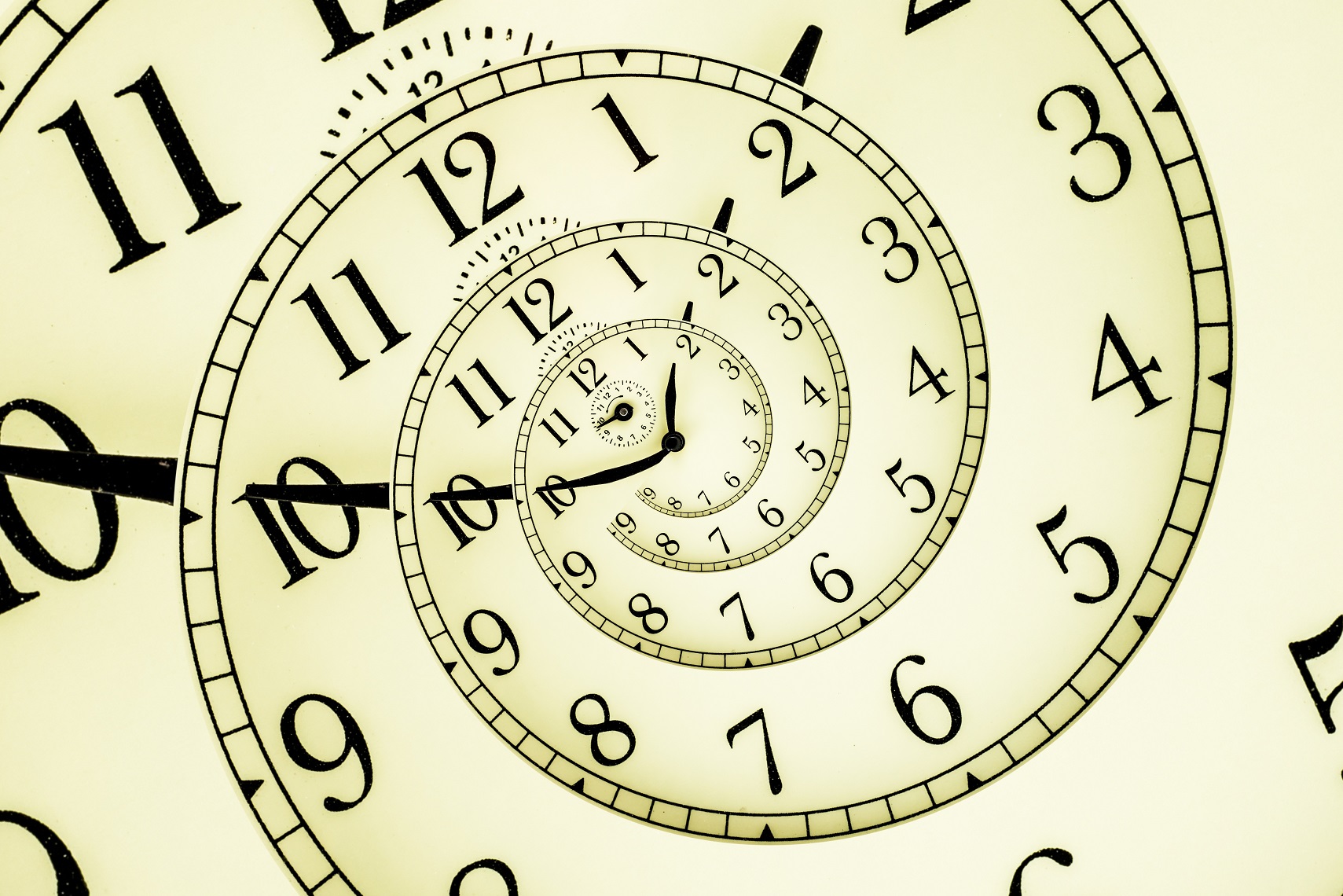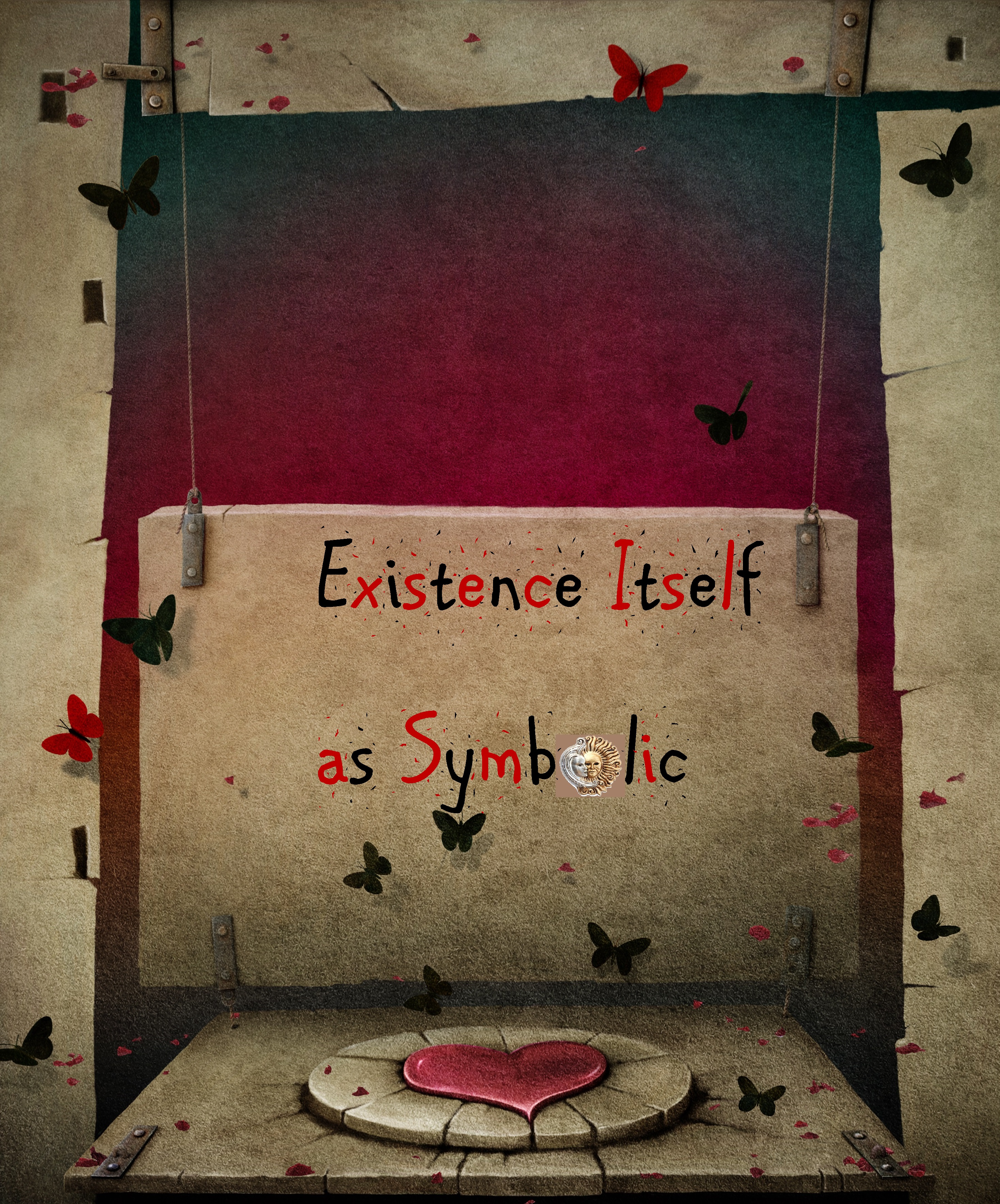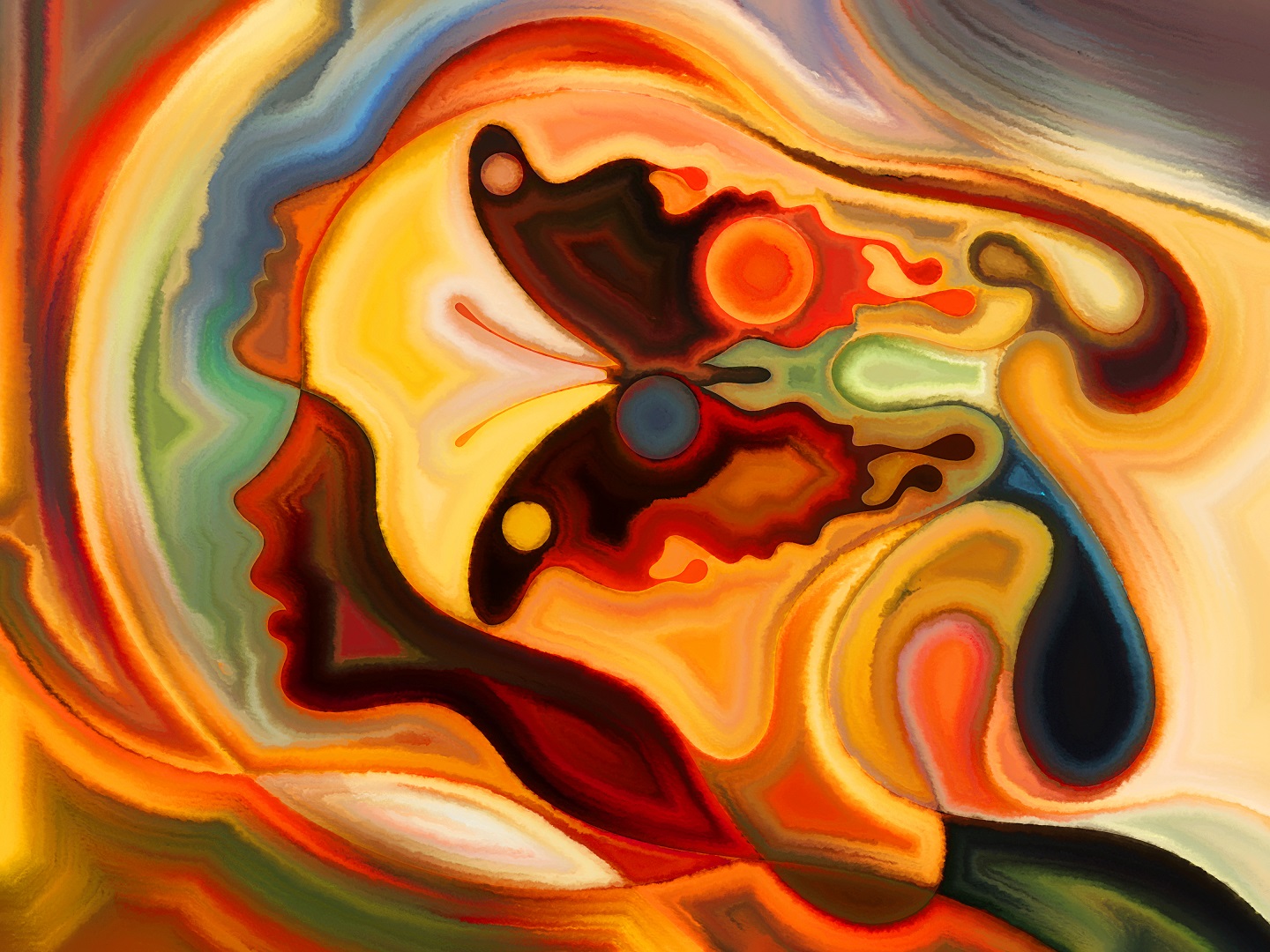Another aspect of the patient files screaming for commentary is the clinical diagnostic practice of separating mental illnesses into two broad categories: ‘manias’ and ‘melancholias’. The ‘manias’ are further subdivided into explicit types, principally delusional, recurrent, chronic, and homicidal, whilst the ‘melancholias’ branch out into delusional, chronic, acute, and homicidal types. If we were to juxtapose these obsolete pathological categorizations with the progressive ones of our contemporary psychiatry, we would see that the obsessive-compulsive disorder, panic disorder explicitly connected to a phobia, post-traumatic stress disorder, and bipolar disorder of today are loosely accommodated by the first designation. The second would encompass depressive disorders that may or may not be etiologically associated with other psychopathological disturbances (i.e. personality disorders, neuroses, and psychosis) fashioned by a non-empathic environment.
Some other diagnostic categories are far more comprehensible to the modern-day intellect. In the early 1900s what was described as ‘juvenile imbecility’ would probably translate to one of autism, mental retardation, attention-deficit disorder, or hyperactivity as delimited by the Diagnostic and Statistical Manual of Mental Disorders (DSM-5) today. ‘Moral insanity’ would be tantamount to the antisocial personality disorders, possibly psychopathy or sadism. The ‘senility’ label is self-explanatory, having persisted through and survived the test of time. ‘Delusional insanity’, a category that appears over and over and over again across the aforementioned time period, would nowadays be recognized as psychosis, a relatively broad descriptive term encapsulating all abnormal phenomena (i.e. visual and auditory hallucinations, delusions, impaired insight) characteristic of a detachment from consensual reality. The aptitude of a modern clinician to differentiate between psychopathology triggered by hereditary or genetic potential and psychopathology of a learned or social base allows for further classification into explicit categories like alcoholic dependence, schizophrenia, borderline personality and dissociative multiplicity, and degenerative disorders of the Central Nervous System (CNS) such as Parkinson’s and Alzheimer’s, all of which may manifest psychotic elements. Foremost of the implications is that there are different prognoses, psychotherapeutic and pharmaceutical treatments, and lifestyle modifications for each.
As we know the proto-psychiatric model of the late 1800s and early 1900s was insensible to taxonomies based on learned and inherited behaviours, a scientific oversight which lead to disparately related psychiatric and medical conditions being clumped into the same diagnostic group. Moreover the primitive, embryonic state of neuroscience and the insensitivity of medical practitioners in conceiving each human as a holistic unit comprised of an interconnected nexus of lower (biochemical) and higher order (cognitive, psychospiritual) functions ensued in the evolution of socio-political attitudes deemed outrageous and unjustified by cosmopolitan twenty-first century ethics. Unlike the misinformed doctors and superintendents at Aradale, we have sufficient medical knowledge to understand that epilepsy and its periodic manifestations of seizures and convulsions isn’t a mental illness but a long-term neurological disorder caused by either alcohol abuse, brain cancer, or head trauma. We also know that chronic masturbation and homosexuality are not pathological in nature. It’s actually impossible not to cringe when one sees ‘chronic masturbation’ listed as a tell-tale symptom of mental illness on a patient file. Thankfully we’ve taken a few steps in the right direction since then, or have we?
One could play devil’s advocate and declare that clinicians today still adhere to diagnostic jargon in categorizing a whole continuum of cognitive and behavioural conditions that are not, by collective standards, ‘normal’. I believe that the psychospiritual breadth of collective human experience is such that it cannot be adequately circumscribed by any archetypal model wishing to reduce certain cognitions and behavioural patterns to psychopathology and then group individuals with homogenous symptomologies under a standard label. This is demonstrated in the clinical area by patients whose official diagnosis keeps changing from one thing to another and by instances in which doctors cannot piece together a matrix of symptoms as to facilitate an accurate diagnosis. For me, the DSM simply doesn’t honour or take into account personality structure, creative potentialities, formative and environmental influences, and other factors which would lead to an adequate understanding and assessment of each individual. Clinicians sometimes need to desert the intellectual sanctuaries of abnormal psychology and place trust in their own intuition. Also, the fact that authentic ‘psi’ phenomena like precognition and telepathy frequently crop up in psychotic individuals illuminates that ‘madness’ may be a much truer and more accurate measure of outer reality than the semi-hypnotic state through which the collective ‘norm’ experiences and relates to the greater cosmos. We might have convinced ourselves of our intellectual and moral progress since the days of bleeding and frontal lobe lobotomies but in truth many of the steps we imagine as being momentous and far-reaching could be nothing more than an illusion, a grandiose mirage wrought from absolute faith in our orthodox science.
Barring all illnesses whereby altered brain chemistry instigates an atypical perception of the interactive field, much of what we describe as ‘madness’, ‘lunacy’, ‘mental illness’, ‘insanity’, ‘psychopathology’, or whatever else you want to call these largely ostracised conditions are the result of a gradual, devolutionary movement towards psychospiritual inertia, a voluntary retraction from consensual reality, and a sudden inversion of the self so that everything that was hitherto meaningful, able to transmute according to harmonious laws connecting the inner and outer kingdoms, becomes meaningless, hostile, and chaotic. Indeed, ‘madness’ comes when we cease making decisive choices about the direction of our lives, when we retract from constructive, proactive, and goal-orientated behaviours and allow ourselves to be blown about by the contingencies of chance. An obvious short-term consequence of bottling up psychic energy intended for the meaningful symbolization of external object relations is a displacement of our inner-outer axis, thus permitting the progression of ideals incongruent with the mutual world.
For as long as this psychic energy is turned inward, we will continue slipping further and further into a personal realm of fantasy and delusion. Each time we fail to connect with others on an emotional or cerebral level, our personal spirit erects all sorts of defence mechanisms (i.e. repression, dissociation, etc.) that further widen the chasm between the inner and outer worlds. The proliferating discontent eventually channels itself into depression where we prefer dark brooding and solitary confinement to taking the problem by the horns and trying to find a feasible solution. We bottle up our creative potentials and ignore them. We take to alcohol to drown our sorrows and wallow in our own misery. We impulsively resort to the sanctuary of escapism, to drug-induced alterations of consciousness for profound and insightful psychedelic experiences that will temporarily eradicate the internal stressors. We find ourselves entertaining untruths that exalt our ego. We asphyxiate ourselves with paranoia in a selfish attempt to place the blame for our troubles on someone else. We do anything and everything possible to avoid meeting our problems headfirst. Finally, we submit to delusional beliefs and view reality through a psychotic kaleidoscope in our desperate attempt to recreate meaning. By this time we have hit rock bottom on the social scale; we have become useless, unproductive, and in some instances dangerous to ourselves and others.
Deliverance from this deplorable state of being isn’t as obscure and inaccessible as some people think. In fact to reverse the process all we need to do is emerge from our prolonged communal hibernation and begin constructing meaningful bridges that connect us to other people and societies in productive and beneficial ways. If Aradale was right in one thing, it was probably this: the administrative staff forced the inmates to work in the vineyards, orchards, the vegetable garden, or the piggery. As long as one didn’t pose a threat, he or she was allowed sufficient freedom to contribute to the environment. Busying oneself with laborious tasks was entirely advantageous: it would distract the individual from the persecutory nature of his or her inner mental processes whilst establishing some kind of communal rapport between self and like-minded others. Physical work also permitted self-reflection and analysis, critical if the individual wished to transmute the painful and negatively-charged sentiments brewing within into affirmative feelings of self-worth and respect. Lest we forget that the lower-order hallucinations of ‘psychotics’ are, in fact, personified projections of self-conscience mistaken for alien forces by a war-torn and battered ego. When a step-by-step methodology is employed to reinstate the inner-outer axis and reintegrate the ‘psychotic’ into society, this conscious multiplicity miraculously evaporates. Likewise when our relationship to others and the environment is productive and meaningful, we are one and at peace within ourselves. The inner condition reflects the outer and vice versa.










